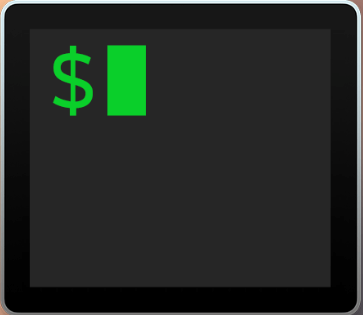

They were ideas, as opposed to problems people had.”Ī bunch of pivots later, says Falk, they realized that each pivot had them back in the terminal typing the same commands, following the same complicated workflows to spin up a new project. “We had all of the bad college kid ideas,” Falk says, “but they were just not problems we had. Falk tells me that he and co-founder Matt Schrage had pivoted from idea to idea for months, building out things like a personal CRM, prediction markets and a stock exchange for creators. The team didn’t initially set out with their sights set on the terminal. Here’s a tweet from Fig showing that visual interface in motion:įig is hiring! Come reimagine the terminal with us 🔥💻🛠 /KJ5uFXQ0rZ All of this boilerplate stuff that is spread throughout your system, that really is focused within your terminal and should be contained within the terminal.” “Building these internal tools for your development team is really where we want to go here … things like sharing scripts, sharing deployment workflows, sharing monitoring commands. “Suddenly I’ve written a little script, but it’s visual, it’s discoverable, I can share that with my team,” says Falk. Autocomplete, as they see it, is just the foot in the door. They’ve built a platform for shareable Markdown-based apps that can a user can launch from the terminal, giving them a visual interface that can be filled out and adjusted before piping output back into the terminal.

Fig founder Brendan Falk tells me the goal is to build out an “app ecosystem” for companies that use the terminal as a key part of their daily workflow, charging teams a monthly subscription fee. Everything can be done without taking your hands off the keyboard, for those who tend to avoid reaching for a mouse.Īutocomplete is a great feature, though perhaps not enough to fuel an entire company - but it’s just step one, says the team. The autocomplete functionality tied to each command line tool can be tweaked to your liking and shared with the wider community. If you find yourself punching in the same Google Cloud or AWS commands 10 times a day, it’ll put them a tap away. If you’re changing directories, for example, it can help finish paths as you type with Git, it can keep track of your most recently tapped branches. Start typing your command and it’ll respond with a narrowing drop down of things that might complete it, saving you the keystrokes, time and brain juice required to perfectly remember the myriad terminal commands you might use throughout your work day. The first of these augmentations is autocomplete. Their goal: augment (but don’t try to replace) the command line terminal that so many people use every day and make it more powerful and easy to use - especially for teams. Can an old Terminal learn new tricks? Fig, a company out of Y Combinator’s S20 class, has raised a $2.2M seed round to prove that it can.


 0 kommentar(er)
0 kommentar(er)
